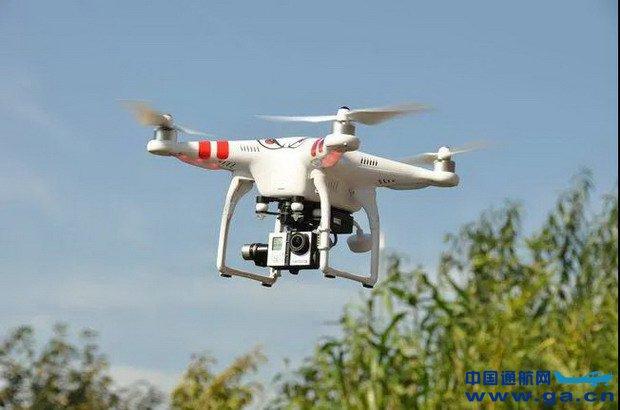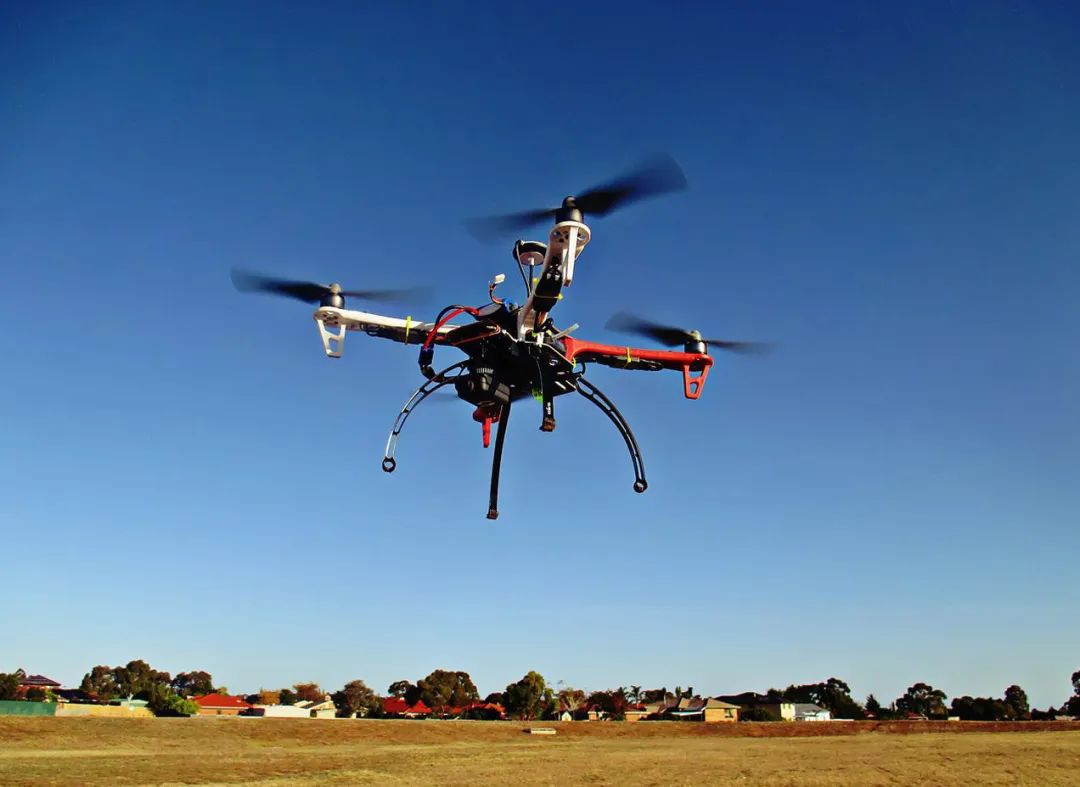In recent years, the sight of drones soaring through the sky has become increasingly common. The question of “why are there drones in the sky” is one that many people ponder as they observe these unmanned aerial vehicles buzzing above cities, fields, and even oceans. Drones, also known as UAVs (Unmanned Aerial Vehicles), serve various purposes, ranging from commercial activities to personal hobbies, raising curiosity about their widespread presence.
Technological Advancements
One primary reason drones populate our skies is technological improvements. The rapid development of sensors, cameras, and lightweight materials has made drones more accessible to both consumers and businesses. These advancements have enabled drones to capture high-quality images and videos, paving the way for their use in photography and cinematography.
Commercial Applications
Businesses across different sectors have found innovative ways to incorporate drones. In agriculture, drones are deployed for crop monitoring, helping farmers assess the health of plants and optimize yields. The real estate industry benefits from drone imagery to enhance property listings with aerial perspectives. Moreover, service providers are experimenting with drone deliveries, promising speedier and more efficient logistics.
The Rise of Hobbyists
Not only do corporations utilize drones, but individuals have embraced them as a hobby.
Drone racing, a thrilling sport letting enthusiasts pilot drones competitively through obstacle courses, has gained momentum. The ease of accessing drones and the excitement they bring has fostered a community passionate about UAV technology, engaging in both recreational flying and social gatherings.
Safety and Regulations
With increased drone activity comes the necessity for regulations. Governments worldwide have established guidelines to ensure safe and responsible use of drones. These regulations are crucial for maintaining airspace safety, protecting privacy, and preventing unauthorized surveillance.
Environmental Impact
Drones offer positive influences on environmental conservation. Researchers use drones to track wildlife, monitor deforestation, and assess ecosystems. Their ability to access remote and challenging terrains without disturbing the environment positions them at the forefront of environmental studies.
Emerging Drone Technologies
Drone innovations continue to evolve. Artificial intelligence and machine learning integration are enhancing drone autonomy, allowing drones to make decisions without human intervention. The capacity to analyze data on-the-fly and adjust flight paths promises transformational capabilities, from disaster relief missions to precise agriculture.
FAQs About Drones
Are drones allowed everywhere?
Drone usage often requires special permits, especially in restricted areas such as airports or military zones. Local regulations vary, so it’s crucial to check guidelines before operating a drone.

Can I fly my drone at night?
Flying drones at night may be restricted in some regions due to visibility and safety concerns. Always confirm local laws regarding night flights.
How far can drones travel?
Drones have varying ranges based on their purpose and build. Consumer drones typically offer a range of several miles, while advanced models may extend further.